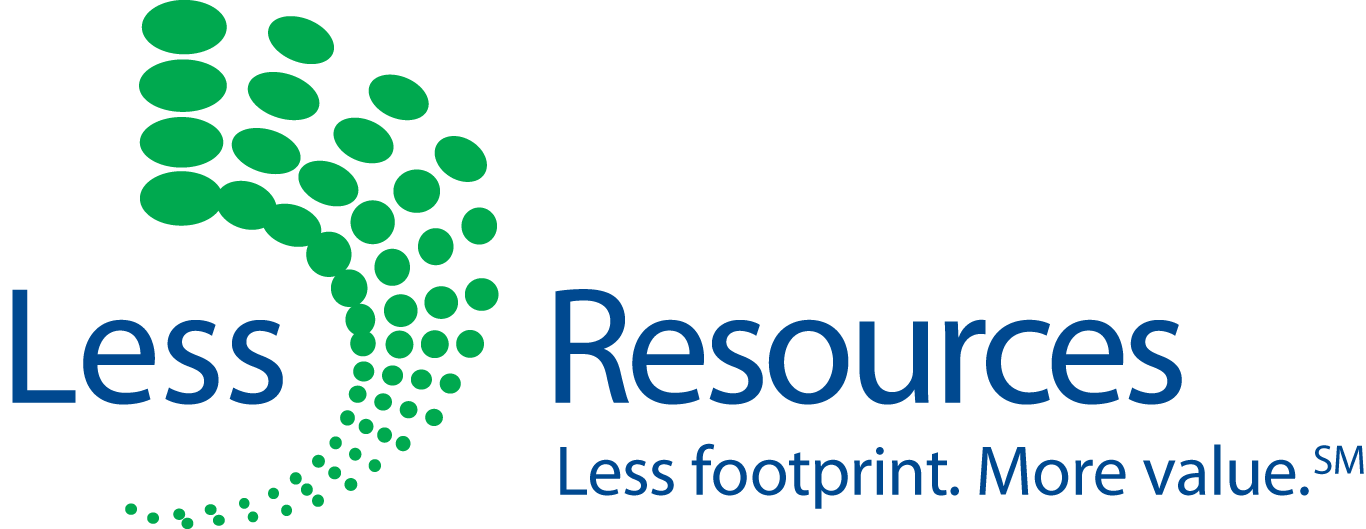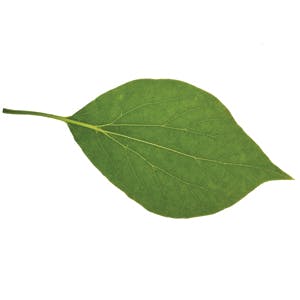Coffee
Coffee is a popular beverage and packaged in a variety of formats. For this study, the stand-up flexible pouch, steel can and plastic canister package formats were evaluated for their environmental impacts with a cradle to grave boundary.


From its fossil fuel and water usage, to its carbon impact and product-to-package ratio, flexible packaging's efficiency is environmentally effective. As a leading voice in the sustainable packaging movement, the Flexible Packaging Association has committed significant resources to support flexible packaging's sustainability efforts. Through our ongoing research and initiatives, FPA provides a greater understanding of the environmental advantages and benefits of flexible packaging among consumer product companies, retailers and consumers.

The use of life cycle assessment tools has shown that flexible packaging usually results in less fossil fuel usage, greenhouse gas emissions, and water use than other formats due to its very light weight (source reduction).

Flexible materials are usually shipped either flat or on a roll like paper towels. This allows a large number of packages to be shipped on a truck, reducing the number of trucks needed for inbound materials versus rigid packaging.

A measure of material efficiency is how much of a product sold to the consumer consists of product and how much of it is packaging by weight. Flexible packaging almost always has a higher product-to-package ratio when compared to other packaging formats.

Flexible packaging offers product protection, keeping products together to reduce spoilage. Additionally, flexible's ability to resist denting or breakage without spilling contents make it attractive for e-commerce shipping.

Flexible packaging is lightweight, usually weighing much less than other materials and thereby providing source reduction, which is the top component of the U.S. Environmental Protection Agency's Waste Hierarchy.
For the A Holistic View of the Role of Flexible Packaging in a Sustainable World report, six different Life Cycle Assessment (LCA) case studies were developed using the EcoImpact-COMPASS® LCA software, which allows for quick life cycle comparisons between different package formats. An LCA is a method for characterizing impacts associated with the sourcing, manufacturing, distributing, using and disposing of a product or product system. The results from the case studies show that flexible packaging has more preferable environmental attributes for carbon impact, fossil fuel usage, water usage, product-to-package ratio, as well as material to landfill, when compared to other package formats.

Coffee is a popular beverage and packaged in a variety of formats. For this study, the stand-up flexible pouch, steel can and plastic canister package formats were evaluated for their environmental impacts with a cradle to grave boundary.

Motor oil has traditionally been packaged in rigid HDPE bottles, but recently, there have been examples of motor oil being packaged in flexible stand-up pouches with fitments. For this study, flexible stand-up pouches with fitments and rigid HDPE bottle formats were evaluated for their environmental impacts with a cradle-to-grave boundary.

Baby food packaging has evolved over the past decade from glass jars to plastic thermoformed tubs and flexible stand-up pouches with fitments. In this study, the three most frequently used packaging formats (flexible stand-up pouch with fitment, thermoformed tub, and glass jar) were evaluated.

The use of single-dose pods has become a popular method for packaging laundry detergent, replacing liquid or powdered detergent with pre-measured packets. For this study, the two common packaging formats for pods were evaluated for their holistic environmental impact: a flexible stand-up pouch with a zipper and a rigid PET container.

Cat litter is a necessity for all cat owners and is a heavy, moisture-sensitive product that requires a strong package with a moisture barrier. Three common packaging formats for cat litter were evaluated for this study: a flexible stand-up bag, a paperboard barrier carton and a rigid plastic pail with handle.

Beverages are sold in a wide variety of packaging formats based on their volume, content, usage, and audience, among many other considerations. Beverages are also heavy, requiring a package format that is robust enough to contain the volume without breaking during transport or usage. For this study, the following popular beverage formats were evaluated: a flexible drink pouch and a glass bottle, which many incorrectly assume to be more sustainable.
FPA has compiled a variety of resources and sources on sustainability in flexible packaging, ranging from infographics and reports to reusable logos and websites.